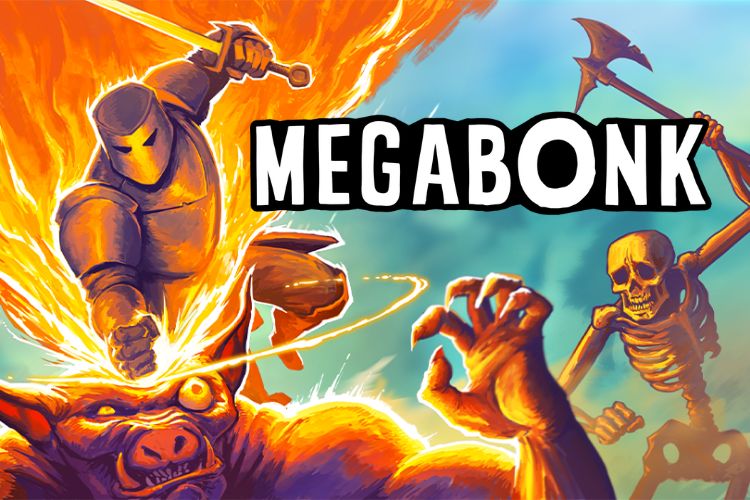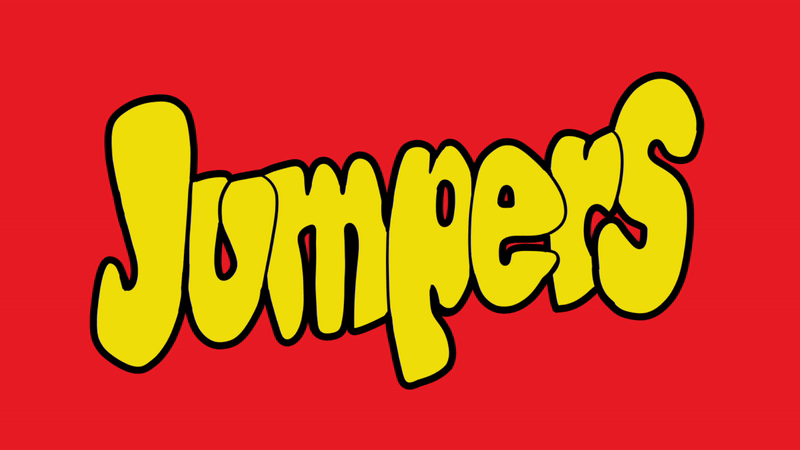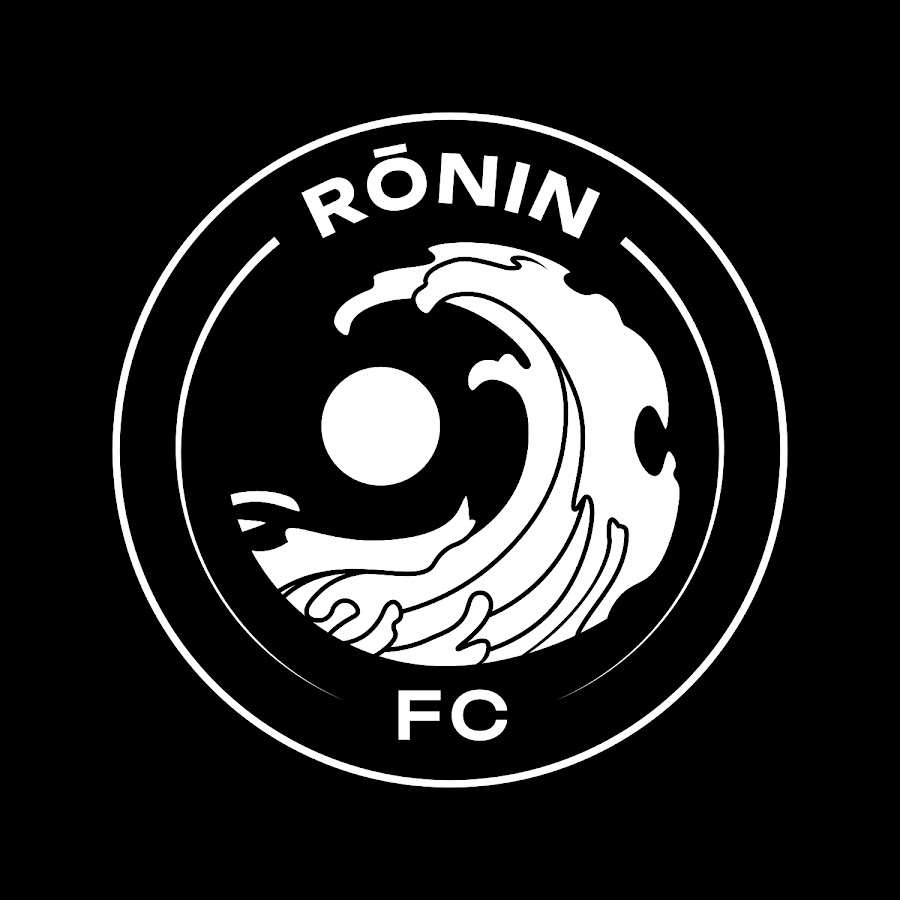Creativity versus budget: Viral marketing
In recent weeks, two seemingly unrelated stories have turned the rules of marketing upside down.
On one hand, Megabonk, a small independent video game, has surpassed major studio titles with million-dollar campaigns in terms of concurrent players.
On the other, the Spanish snack brand Jumpers has achieved nationwide attention without investing in traditional advertising—just with a brilliant idea: sponsoring the rivals of Ibai Llanos, the most influential streamer in the country, and appearing in all his matches without paying to be on his team’s shirt.
Both cases share a lesson every company should keep in mind: it’s no longer about who spends more, but who connects better.
In a landscape saturated with advertising noise, consumers aren’t looking for ads—they’re looking for experiences. They don’t trust persistence; they trust authenticity.
And that’s where virality—when understood, planned, and intelligently amplified—can become the most powerful tool in modern marketing.
Far from being mere coincidences, both Megabonk and Jumpers represent a profound shift in the way we communicate: brands and creators who understand that today, attention is won through creativity, speed, and purpose.
A formula that doesn’t replace strategy—it redefines it.
The classic model: investment, predictability, and saturation
For years, the success of a marketing campaign seemed to be measured by its budget.
The more ads, media presence, hired influencers, and banners in stadiums—a higher chance to stand out.
The model worked in an era when attention was linear: few brands, few channels, and audiences that consumed messages passively.
But the ecosystem has changed radically.
Today, thousands of brands compete every second for the same visual and emotional space: the user’s screen.
The excess of exposure has turned traditional advertising into noise, and what once guaranteed visibility now fades within a constant avalanche of stimuli.

Planning and investment are still important, but they’re no longer enough.
Today’s consumer doesn’t want to be spoken to—they want to be interested.
And that interest can’t be bought with budget; it’s earned through relevance.
While major projects allocate millions to perfectly structured campaigns, smaller brands—like Jumpers, or even independent developers such as the creator of Megabonk—are proving that a great idea, launched at the right moment, can generate a level of attention money simply can’t buy.
The classic model isn’t dead, but it has lost its exclusivity.
The rules of the game are no longer defined by the size of the investment, but by the ability to connect.
Megabonk: the viral phenomenon no one saw coming
In a landscape dominated by major studios and million-dollar productions, Megabonk appeared out of nowhere.
An independent video game, developed by a single person, with simple aesthetics and addictive gameplay that no one expected to rise so quickly.
No advertising, no launch campaign, no press releases—just a genuine, fun product with such a strong personality that it caught the attention of a popular streamer… and from there, the entire world.
In a matter of days, Megabonk went from being an unknown title to surpassing AAA productions with teams of hundreds behind them in concurrent players.
Its success didn’t come from a planned investment, but from an emotional connection with the audience—the digital word of mouth, amplified through communities, clips, memes, and spontaneous social media reactions.

What makes this case special isn’t just its virality, but what it represents:
a form of communication where authenticity replaces artifice, and where the audience’s emotion becomes the most powerful marketing tool.
Megabonk proves that in the era of overexposure, attention isn’t won by shouting louder, but by being more genuine.
And when content has soul, the internet takes care of the rest.
Jumpers: when a creative idea outshines a media giant
While the launch of Ibai Llanos’ new football club —Ronin FC— dominated headlines, broadcasts, and millions of views across social media, a snack brand decided to move smartly in the shadows.
Instead of competing to become a sponsor of the famous streamer’s team, Jumpers chose a completely different path: sponsoring the rivals.
The idea was as simple as it was brilliant.
Every Ronin FC match is broadcast on platforms where Ibai and his community draw millions of viewers.
And in each of those matches, the cameras inevitably focus on the opposing teams—all wearing the Jumpers logo on their shirts, banners, or sports gear.
The result: the brand appears on the same media stage as the giant, but at a fraction of the cost.

The strategy, dubbed by the media as a masterclass in ambush marketing, quickly became a national talking point.
Within days, Jumpers amassed millions of social media interactions and was praised for its boldness, creativity, and ability to read the context with surgical precision.
Beyond the clever stunt, the brand achieved something that many multimillion-dollar campaigns fail to deliver: emotional relevance and public affection.
Its message, “It’s not madness, it’s logic,” became the perfect summary of what had happened.
A demonstration that in communication, sometimes the best way to shine isn’t by standing center stage, but by moving cleverly around it with wit and timing.
The new balance: virality with structure
Although Megabonk and Jumpers may seem like examples of spontaneous success, the truth is that behind every effective viral action there’s more than just luck — there’s structure, observation, and strategy.
Virality on its own can spark a flame — but only good planning can keep it burning.
And that’s precisely what separates a brand that shines for a day from one that leaves a lasting mark.
In Jumpers’ case, the creative team knew exactly when to act.
They analyzed the digital conversation surrounding the launch of Ronin FC, understood the media potential of Ibai’s project, and designed an action that slipped right into the heart of that buzz — without being a direct part of it.
They also had a communication structure in place to amplify the effect, react quickly to virality, and maintain a consistent tone across all channels.
On the other hand, Megabonk shows the other side of the phenomenon: when the product is so authentic that the community becomes its own communication team.
There’s no formal strategy, but there is a digital culture that understands how the dynamics of the moment work — share, comment, participate.
In both cases, the principle is the same: virality needs a foundation.
It may be born from an unpredictable spark, but it only lasts when there’s work behind it that ensures consistency, narrative, and purpose.
It’s the perfect balance between the spontaneity of emotion and the precision of strategy.
What brands can learn from these cases
What sets successful campaigns apart today isn’t investment — it’s the ability to spark conversation.
Users are no longer passive receivers; they’re active participants in the message.
And both Megabonk and Jumpers understood, each in their own way, that real value lies in getting people to talk about you because they want to, not because you ask them to.
Brands can draw several clear lessons from these phenomena:
You don’t need to compete with giants in terms of investment, but in intelligence and timing. A distinctive idea, well executed, can achieve results equivalent to a global campaign.
Creativity is worth more than budget
Although the trigger may seem accidental, the environment that makes it possible is the result of prior strategy: staying alert to the conversation, knowing the audience, and reacting quickly.
Virality is not improvised
Authenticity connects more than perfection
Megabonk succeeded because it didn’t try to imitate anyone. Its success came from being genuine, fun, and recognizable.
In an environment where every message sounds the same, honesty becomes differentiation.
Social media doesn’t replace the team — it needs it
No virality sustains itself. Behind every effective action, there’s a team ready to amplify it, measure its impact, and turn it into brand value.
Context is everything.
Jumpers didn’t launch its campaign at just any moment — it did so precisely when all media attention was on Ibai.
Understanding where collective attention is focused allows you to multiply the effectiveness of your message.

In short, the brands that stand out today aren’t the ones that spend the most, but the ones that understand the dynamics of the present: the blend of strategy, speed, creativity, and emotion.
Marketing is no longer about total control — it’s about knowing how to move naturally within the digital chaos.
Creativity, connection, and purpose
The cases of Megabonk and Jumpers aren’t just viral anecdotes.
They’re signs of a profound shift in how brands must think about their communication.
It’s no longer about who has the biggest budget or who can buy the most space — it’s about who can build a real connection with their audience.
Creativity has become the most valuable currency in modern marketing.
Brands that take risks, dare to break the rules, and understand the codes of digital culture are the ones that truly connect.
Because virality isn’t manufactured — it’s sparked when there’s a story worth telling, when the audience feels part of something, and when the brand stops talking to its audience and starts talking with it.
At Xarxalia, we believe that’s the essence of new marketing:
combining strategy and emotion, planning and spontaneity, creativity and purpose.
We help brands find that balance — to craft messages that aren’t just seen, but shared, discussed, and remembered.
Because in the digital era, visibility is no longer bought — it’s earned.
And achieving it takes more than just a good campaign; it takes vision, authenticity, and a story worth telling.
